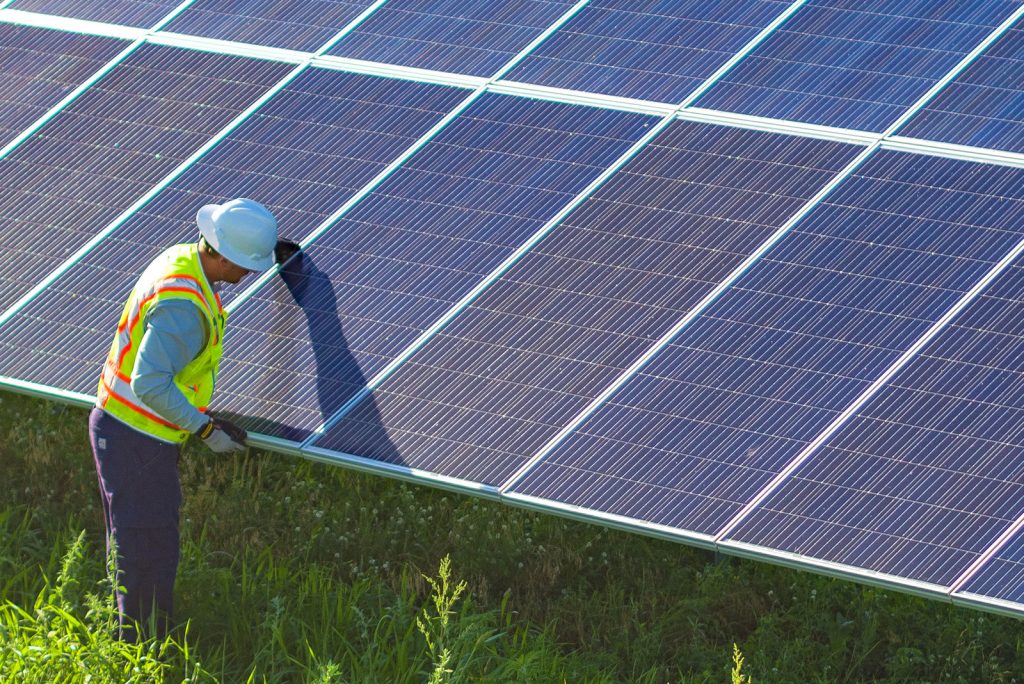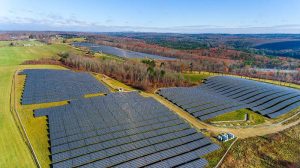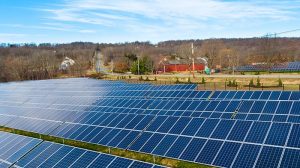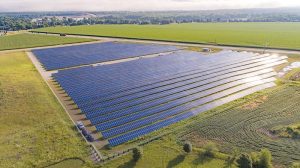
Like the sun starting off as a mere cloud of gas and dust, the solar industry has evolved from an infant industry into a major source of new energy investment and job creation in the U.S. GTM Research and the Solar Energy Industries Association (SEIA) reported tremendous growth in U.S. solar in 2017, with total installed capacity of 49.3 gigawatts (GW), or enough to power 9.5 million U.S. homes.
Just two years ago, this may have been difficult to imagine given some of the constraints to going solar. In 2015, the National Renewable Energy Laboratory (NREL) published the SETO-funded report which revealed that 49% of households and 48% of businesses are unable to host photovoltaic (PV) solar systems because they rent their spaces or have a lack of suitable owned roof space. The report noted that innovative alternatives, like Community Solar, could expand options to purchase solar energy. The report also predicted that by 2020, energy from Community Solar farms could account for up to half of the overall distributed solar market in the U.S.

What has made Community Solar stand out is not only the local appeal of the projects but the ability for individuals to impact clean energy efforts with convenience. Participants are sending locally-produced solar energy to their power grid without the challenges of a rooftop installation. According to the EPA, “Community solar programs offer the economic and environmental benefits of solar to the 49% of Americans without traditional solar access, either because of physical, ownership or financial limitations.
As environmental concerns escalate, so does the demand for clean energy. Community Solar has made supporting clean energy generation practical and accessible for homeowners and renters alike so that it’s easy for community members to support the environment. The Ellensburg Renewable Energy Park in Washington State is said to be the first Community Solar project in the nation, built in four phases from 2006 – 2013. The city asked residents to contribute a minimum of $250 to the project, and these contributions were used to build a solar farm.

Many states have made strides in the adoption of Community Solar programs, but some stand out more than others in how widely the programs have been adopted by consumers. For instance, Minnesota has an unprecedented rate of community solar development. Similarly, states like Massachusetts and New York are evolving their programs. Clearway Community Solar is active in each of these states, with a growing customer base. Learn more about Massachusetts Clearway Community Solar.

Minnesota already has one of the largest community solar programs in the nation with 246 megawatts in service (enough to power about 35,000 homes), and new projects continue to come online every month. Meanwhile, in addition to our growth in Minnesota, Clearway Community Solar continues to see opportunities for development in Massachusetts and New York, and programming is continuing to evolve. In fact, our Spencer Road Community Solar Farm in Massachusetts is among the largest in the United States, and we are excited to share more value propositions with Massachusetts customers as Community Solar matures.
Clearway Community Solar continues to focus on renewable initiatives in new territories. In 2018, we expect to begin development on solar farms in additional states, bringing the convenience of our program to these communities and furthering solar power generation.









